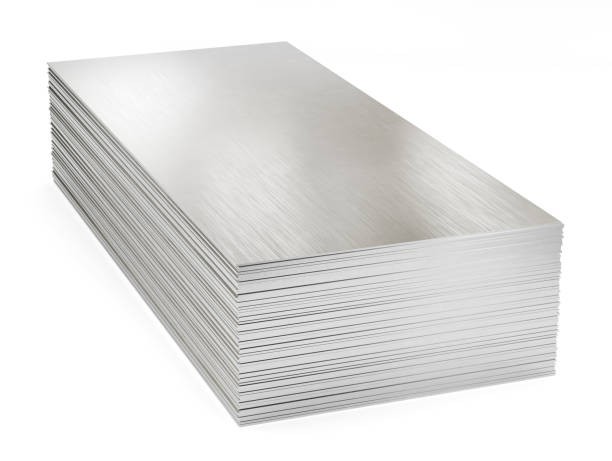Moving into a new house is an exciting milestone, but it often comes with hidden challenges, particularly regarding indoor air quality. New homes can harbor a variety of pollutants, including volatile organic compounds (VOCs), dust, and allergens, which can negatively impact your health and well-being. This article provides a detailed, multi-faceted approach to cleaning the air in your new house, ensuring a safe and healthy living environment.
Understanding Indoor Air Quality
Before diving into cleaning methods, it’s essential to understand what affects indoor air quality (IAQ). Common pollutants in new homes include:
- Volatile Organic Compounds (VOCs): Emitted from paints, varnishes, and building materials, VOCs can cause headaches, dizziness, and long-term health issues.
- Dust and Allergens: New constructions often generate dust from construction materials, which can contain allergens like mold spores and pollen.
- Formaldehyde: Commonly found in pressed wood products, formaldehyde can irritate the eyes, nose, and throat and has been linked to more severe health issues.
- Carbon Dioxide (CO2): High levels can result from poor ventilation and can lead to headaches and fatigue.
Step 1: Ventilation is Key
The first step in improving air quality is to ensure proper ventilation. Open windows and doors to allow fresh air to circulate. This is particularly important during and after construction when VOCs and other pollutants are at their peak. Consider the following:
- Cross-Ventilation: Open windows on opposite sides of the house to create a cross-breeze, effectively flushing out stale air.
- Exhaust Fans: Use kitchen and bathroom exhaust fans to remove moisture and odors, which can contribute to mold growth and poor air quality.
Step 2: Invest in Air Purifiers
Air purifiers equipped with HEPA filters can significantly reduce airborne pollutants. When selecting an air purifier, consider the following:
- Size and Capacity: Choose a unit that is appropriate for the size of the room. Look for the Clean Air Delivery Rate (CADR) rating to ensure it meets your needs.
- Filter Type: HEPA filters are effective at capturing small particles, while activated carbon filters can help remove odors and VOCs.
Step 3: Regular Cleaning Practices
Maintaining a clean environment is crucial for good air quality. Implement the following cleaning practices:
- Dust Regularly: Use microfiber cloths to trap dust rather than spreading it around. Pay special attention to surfaces that may harbor allergens, such as shelves and baseboards.
- Vacuum with HEPA Filters: Invest in a vacuum cleaner with a HEPA filter to capture fine particles and allergens from carpets and upholstery.
- Wash Fabrics: Regularly wash curtains, bedding, and other fabric items that can accumulate dust and allergens.
Step 4: Choose Low-VOC Products
When furnishing and decorating your new home, opt for low-VOC or VOC-free products. This includes:
- Paints and Finishes: Look for paints labeled as low-VOC or zero-VOC. These products emit fewer harmful chemicals.
- Furniture and Carpeting: Choose materials that are certified for low emissions, such as those bearing the Greenguard certification.
Step 5: Control Humidity Levels
Maintaining optimal humidity levels (between 30% and 50%) can prevent mold growth and dust mites. Here are some tips:
- Dehumidifiers: Use dehumidifiers in damp areas such as basements to control moisture levels.
- Houseplants: Certain houseplants, like peace lilies and spider plants, can help absorb excess moisture and improve air quality.
Step 6: Regular Maintenance of HVAC Systems
Your heating, ventilation, and air conditioning (HVAC) system plays a crucial role in maintaining air quality. Ensure regular maintenance by:
- Changing Filters: Replace HVAC filters every 1-3 months to ensure efficient operation and clean air circulation.
- Professional Inspections: Schedule annual inspections to ensure your system is functioning correctly and to identify any potential issues.
Conclusion: A Breath of Fresh Air
Cleaning the air in your new house is not just about aesthetics; it’s about creating a healthy living environment for you and your family. By understanding the sources of indoor air pollution and implementing these practical steps, you can significantly improve your home’s air quality. Remember, a proactive approach to indoor air quality will lead to a healthier, more comfortable living space, allowing you to truly enjoy your new home.


